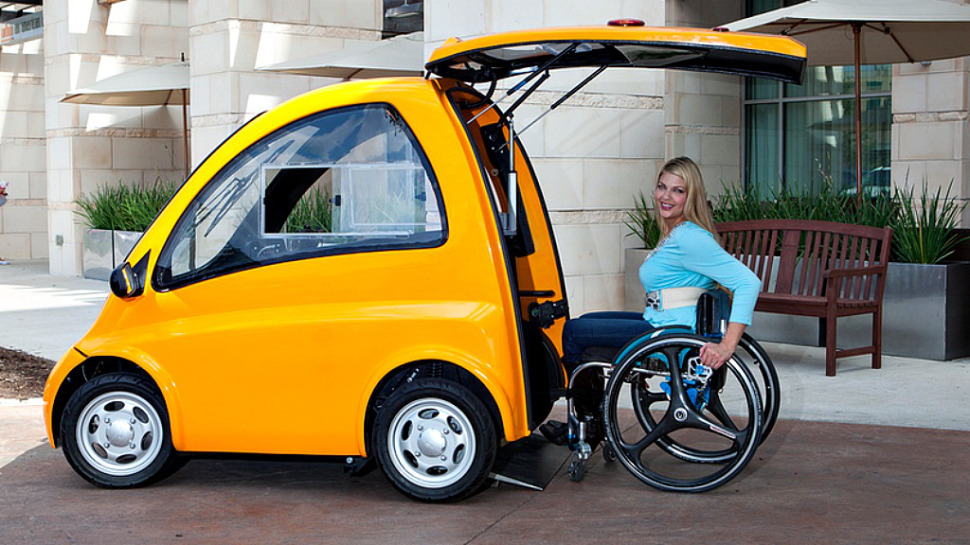Four Considerations When Choosing A Wheelchair Accessible Vehicle
There are several things to consider before purchasing a wheelchair-accessible vehicle. Incentives are available for this vehicle. In addition to financial incentives, you should also consider the cost and insurance of this vehicle. Here are 5 of the most important considerations when buying this vehicle. Listed below are some essential features of a wheelchair-accessible vehicle.
Incentives for purchasing a wheelchair-accessible vehicle
When searching for a vehicle that is wheelchair accessible for sale, you might wonder what incentives are available. You can get a gift card from a dealership or adaptable vehicle. In addition, you might qualify for rebates from the manufacturer of your car. Keep in mind that these incentives often change. Before making a purchase, you should know about the available rebate programs.
There are many ways to get free funding for your wheelchair van. First, you should consult with your state and federal governments. Mobility dealerships may have relationships with local VA offices, which can help you find the best funding option. Incentives for purchasing a wheelchair van depend on your income, personal credit history, and the type of mobility assistance you need. You can also apply for a wheelchair van loan from a lender who caters to people with disabilities and offers flexible financing options. Then, don’t forget to factor in the cost of your vehicle’s license, registration, and taxes. Your state and local tax rates and the cost of the vehicle’s license, registration, and taxes will also impact the price of your wheelchair van.
Types of wheelchair-accessible vehicles
There are several different types of wheelchair-accessible vehicles on the market. They can accommodate a variety of requirements and are highly customizable. For example, up-front wheelchair passenger vehicles are characterized by lower passenger seating and are often more compact than their rear-facing counterparts. Other features of wheelchair-accessible vehicles include in-floor ramps, tie-downs, and other restraint systems. Some of these vehicles even feature automatic transmissions and parking sensors.
Power transfer seats are an essential feature that allows a wheelchair user to drive the vehicle without a caregiver and are usually installed in the car’s second row. These seats will enable the wheelchair user to operate the vehicle’s pedals independently. Some cars also feature rear-entry automatic ramps, although these are generally expensive. The length of the ramp and the angle at which it is set are essential factors to consider when choosing a WAV. Some ramps are so steep that pushing a wheelchair up and down is impossible, while others are spring-loaded and easy to raise and lower.
Cost of purchasing a wheelchair-accessible vehicle
Purchasing a wheelchair-accessible vehicle may be expensive, but the benefits are immense. Not only does it allow disabled people to continue living everyday life, but it also increases their independence. Buying a wheelchair-accessible vehicle can help you achieve your goals by improving your mobility. You can also get state grants to help you pay for the car. Before purchasing a wheelchair-accessible vehicle, test drive it yourself and list the features you want it to have. It will provide a feeling of freedom and well-being.
If you are planning to buy a wheelchair-accessible van, it is essential to know that buying one is not cheap. Some individuals purchase vehicles from dealerships that are not accessibility-focused and then have them converted by an independent company. However, this option is not recommended, as you could fall in love with a vehicle you can’t convert. Additionally, you risk overpaying for the car and being unable to return it.
Insurance costs for a wheelchair-accessible vehicle
If you’re a disabled driver, you’ll need to pay extra for insurance. Wheelchair-accessible vehicles are typically modified with specialized equipment, so your insurance company will have to pay to repair or replace this equipment if it gets damaged. Insurance companies also tend to view disabled drivers as higher risks so they may charge higher insurance rates for these vehicles. Even though this is not always the case, many disabled drivers report mistreating them by insurance companies. Many factors determine the level of risk associated with disabled drivers.
Health and auto insurance don’t cover these expenses. While they may offer some coverage, most policies do not. However, you can seek payment assistance through grants or other state government programs. Some organizations also provide cash grants to help people afford the costs of wheelchair-accessible vehicles. These programs vary from state to state, but you should be able to find a program to meet your needs. If you do need to get insurance, make sure to check out these options.



